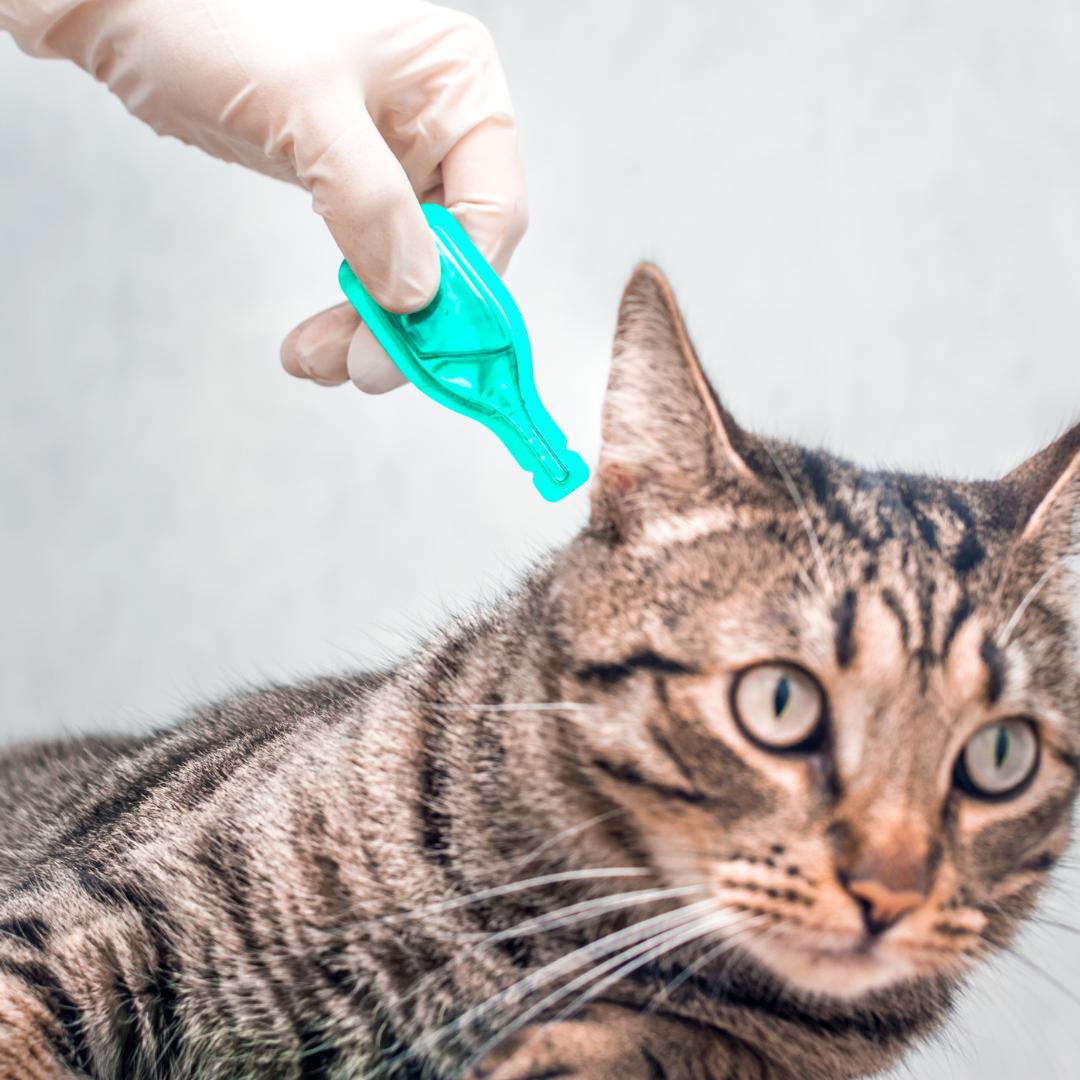Paper published: Seasonality and other risk factors for fleas infestations in domestic dogs and cats

Our first paper of 2023 has been published in Medical and Veterinary Entomology. This paper describes the seasonality and risk factors for flea infestations in domestic cats and dogs.
- Fleas in the genus Ctenocephalides are the most clinically important parasitic arthropods of dogs and cats worldwide yet risk factors that might increase the risk of infestation in small animals remains unclear.
- Here we developed a supervised text mining approach analysing key aspects of flea epidemiology using electronic health records from domestic cats and dogs seen at a sentinel network of 191 voluntary veterinary practices across Great Britain between March 2014 and July 2020.
- Our methods identified fleas as likely to have been present during 22,276 of 1,902,016 cat consultations (1.17%) and 12,168 of 4,844,850 dog consultations (0.25%).
- Multivariable logistic regression modelling found that animals originating from areas of least deprivation were associated with 50% reductions in odds of veterinary-recorded flea infestation compared to the most deprived regions in England.
- Age of the animal was significantly associated with flea presentation in both cats and dogs, with cases peaking before animals reached 12 months.
- Cases were recorded through each study years, peaking between July and October, with fluctuations between each year.
- Our findings can be used towards healthcare messaging for veterinary practitioners and owners.
Paper available here
Research infographic COMING SOON
Explore data on fleas here